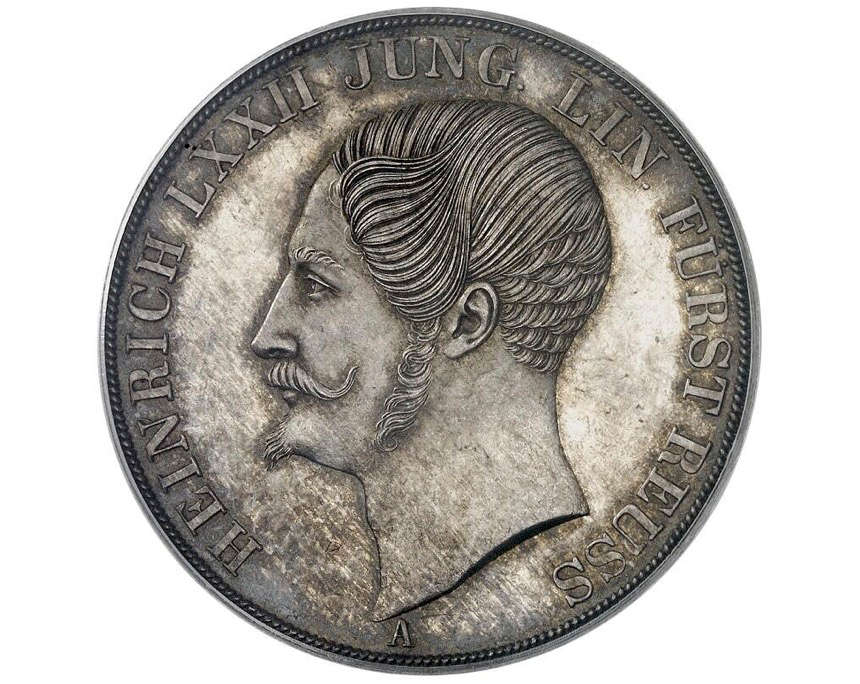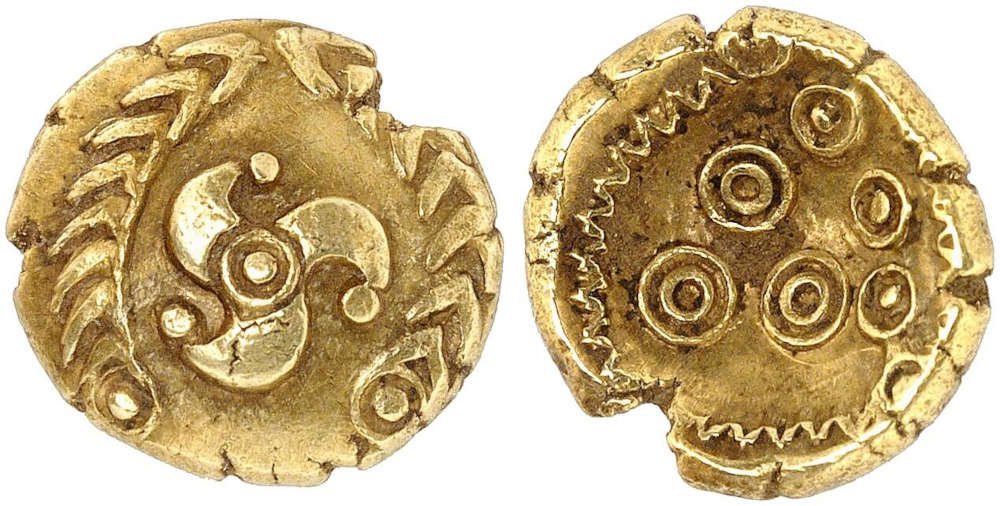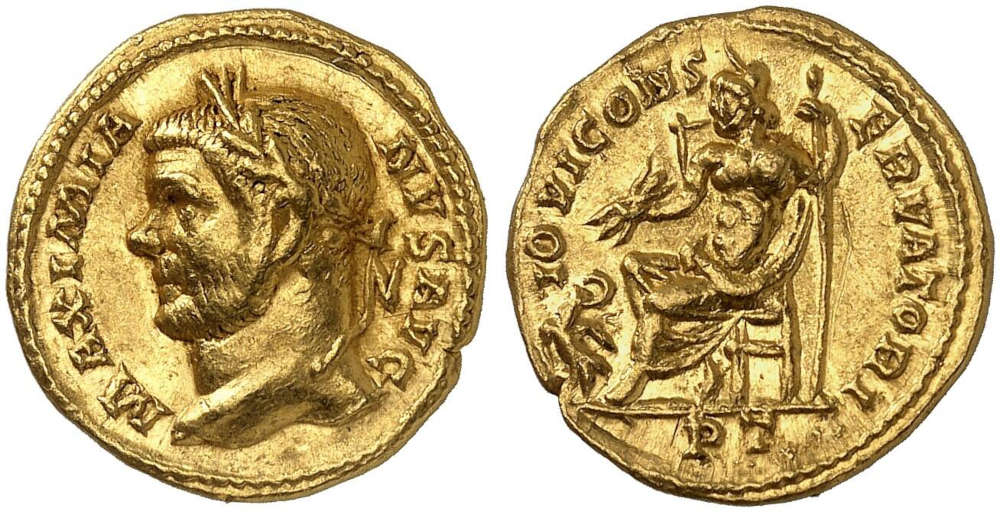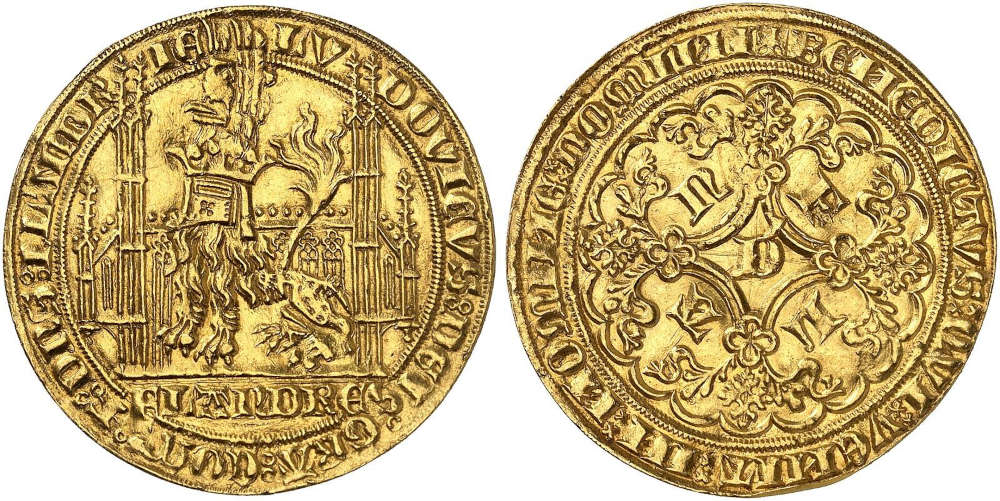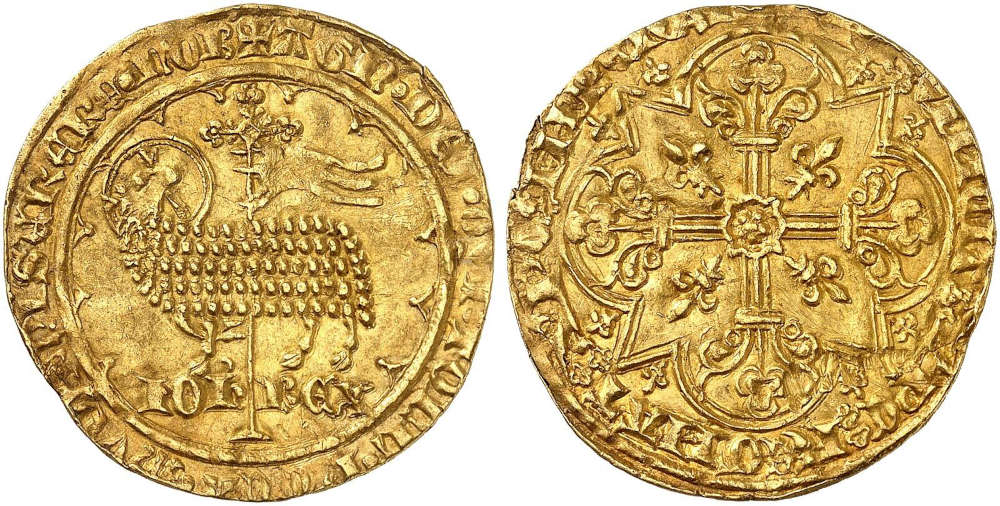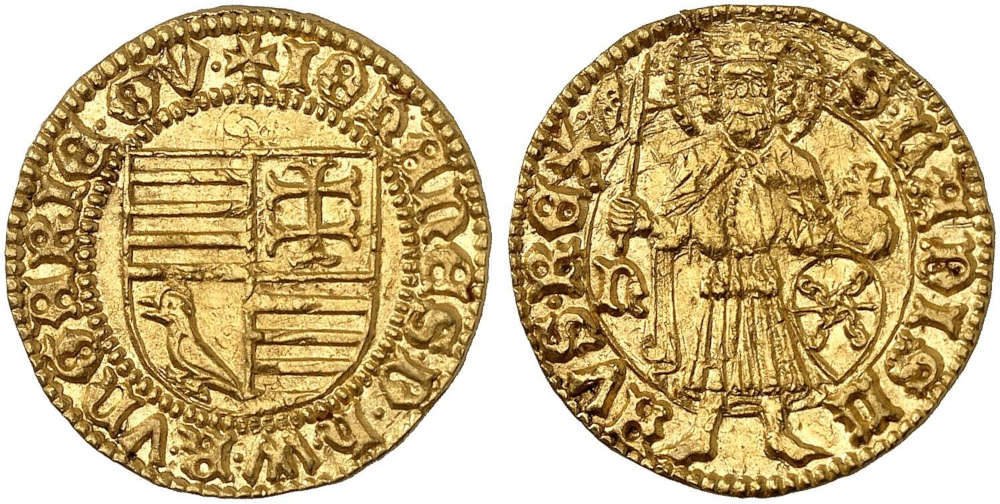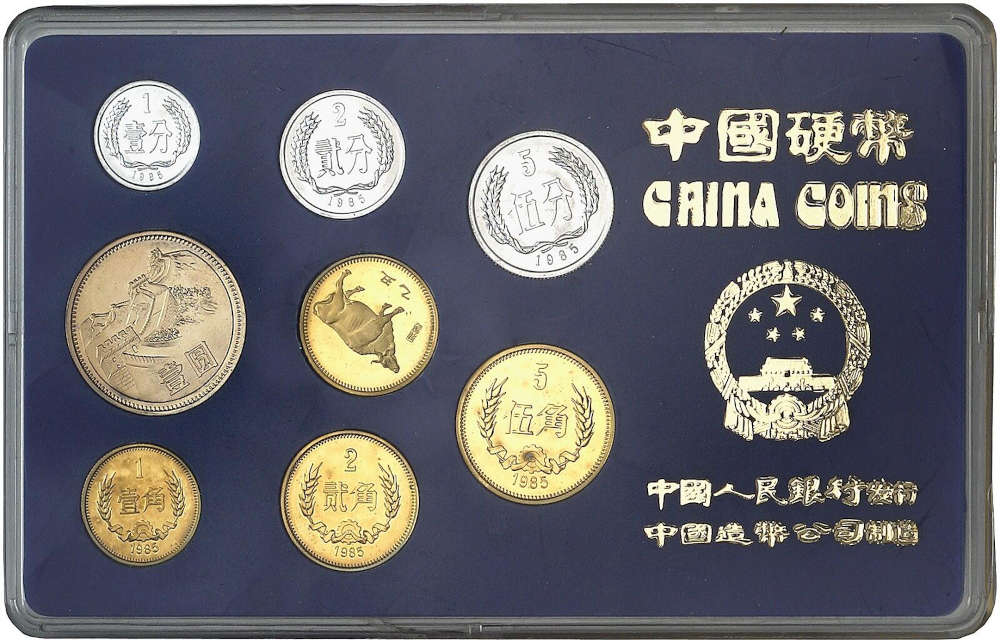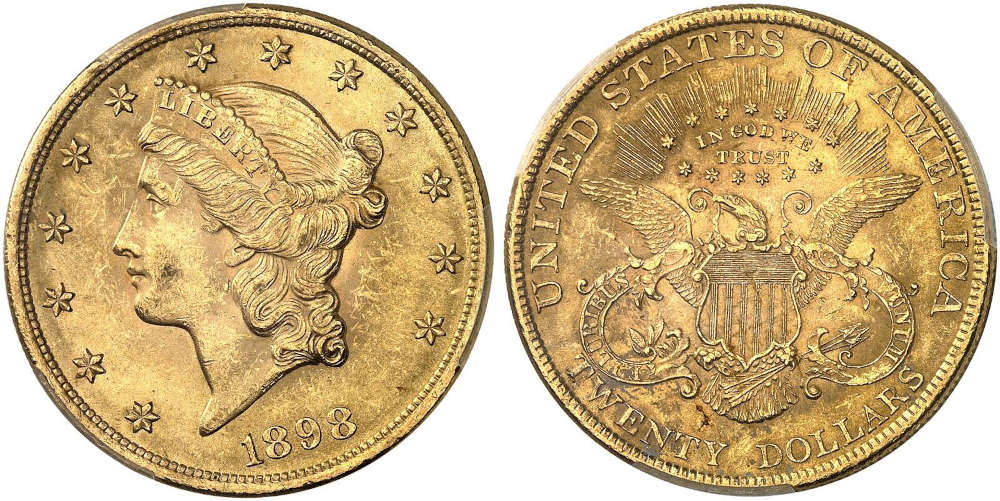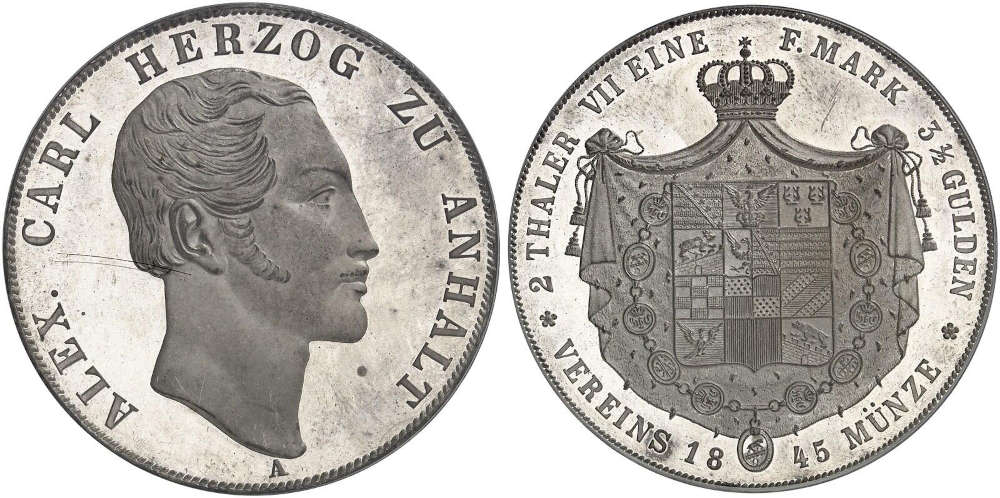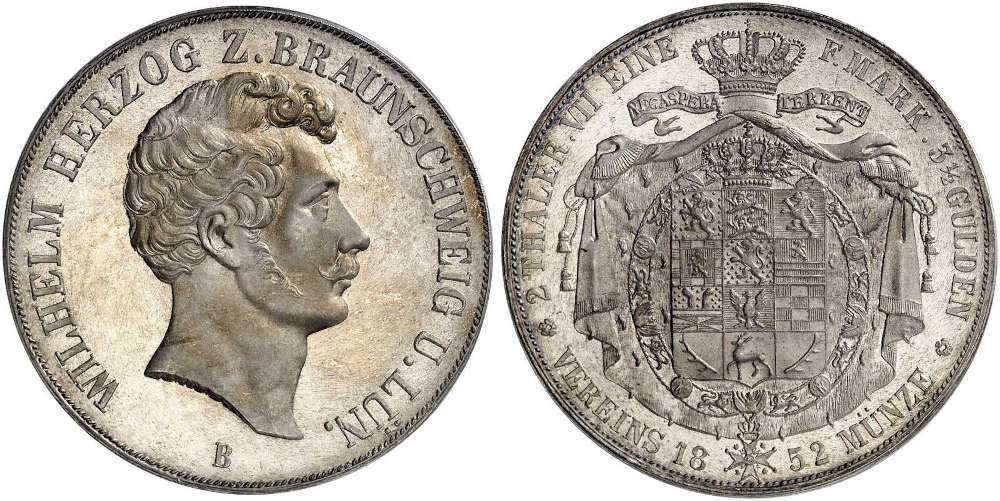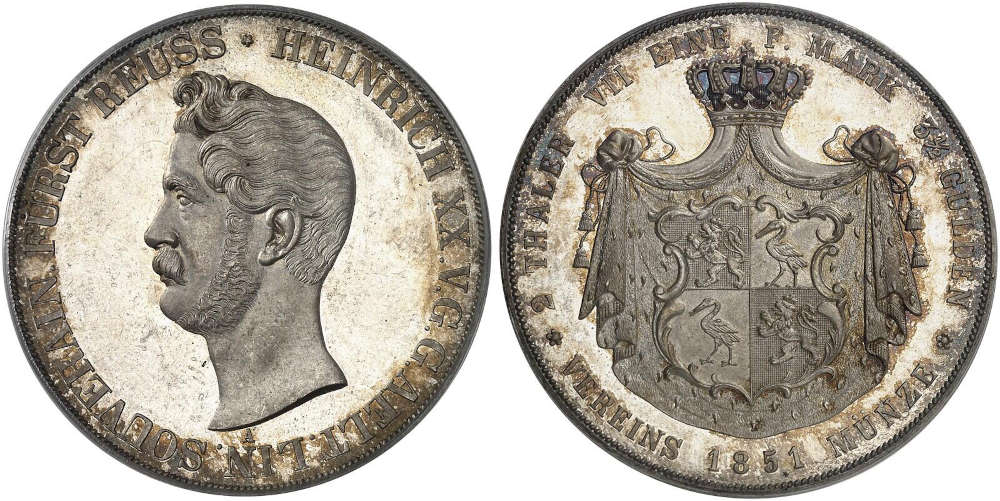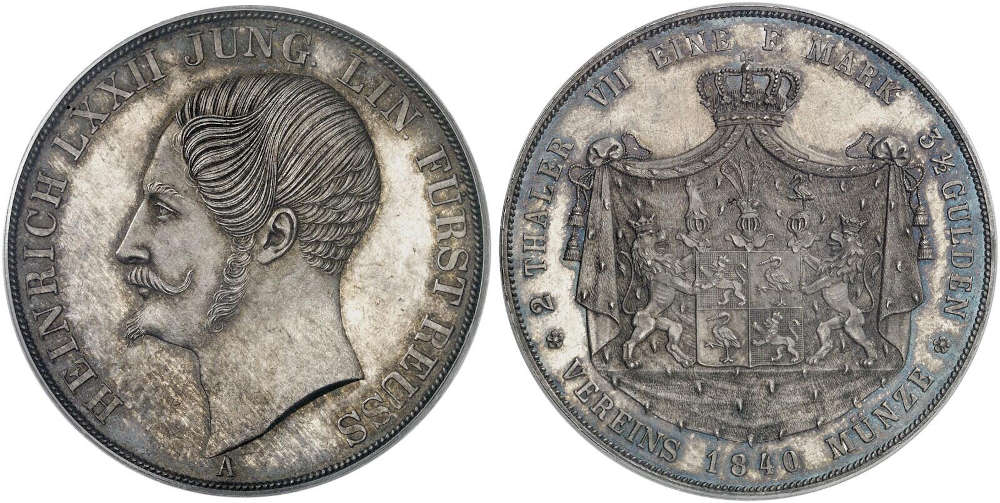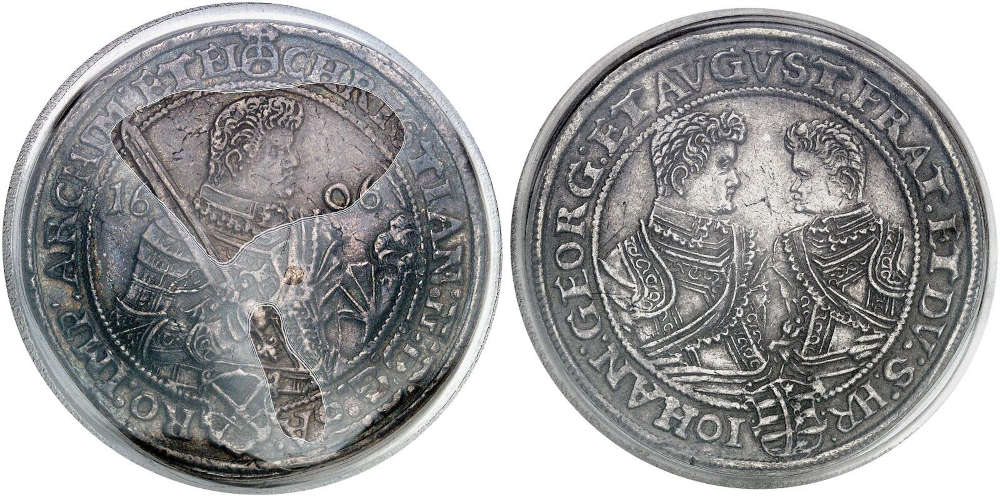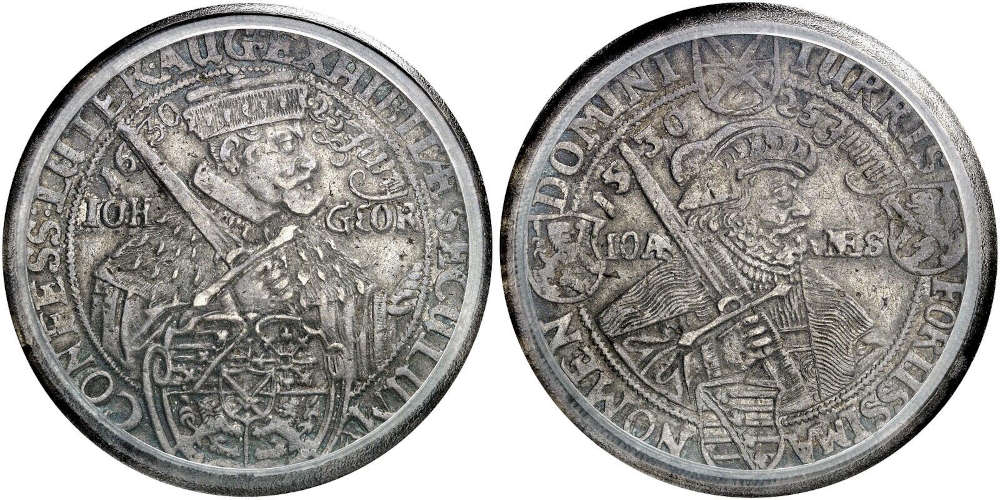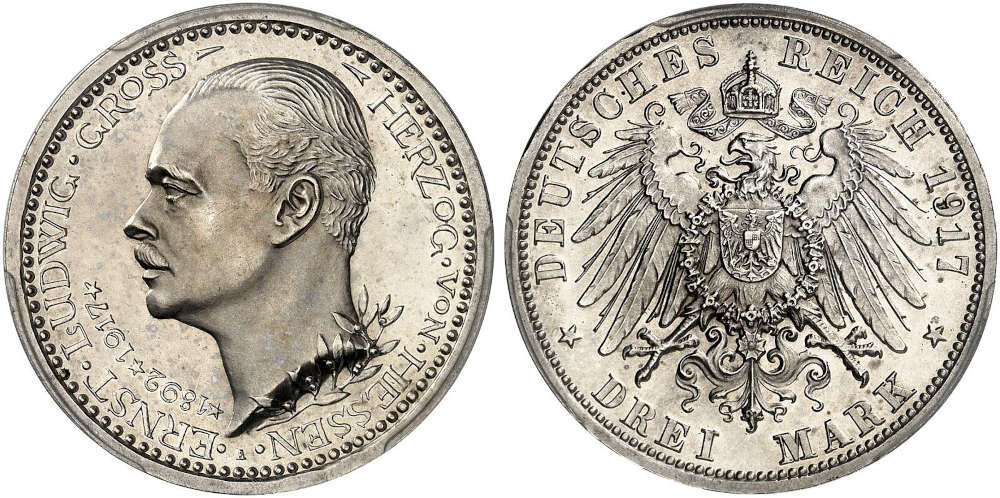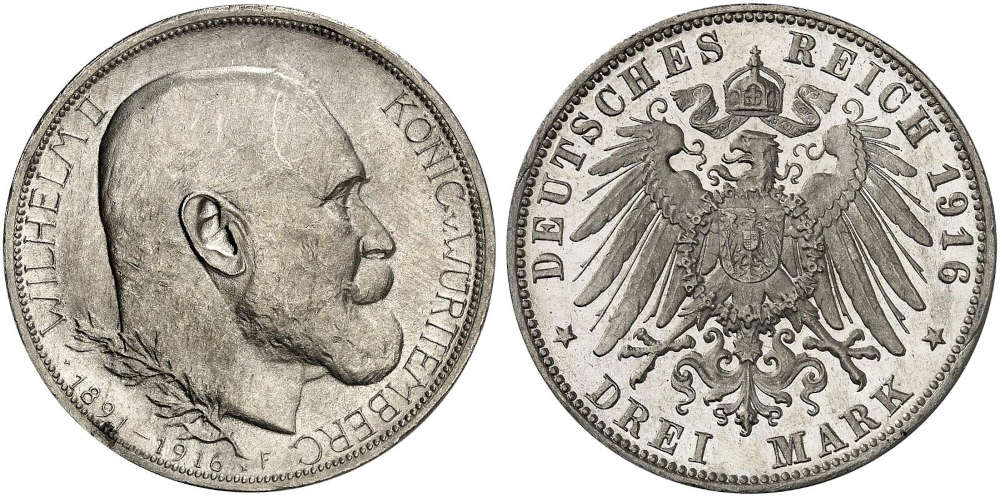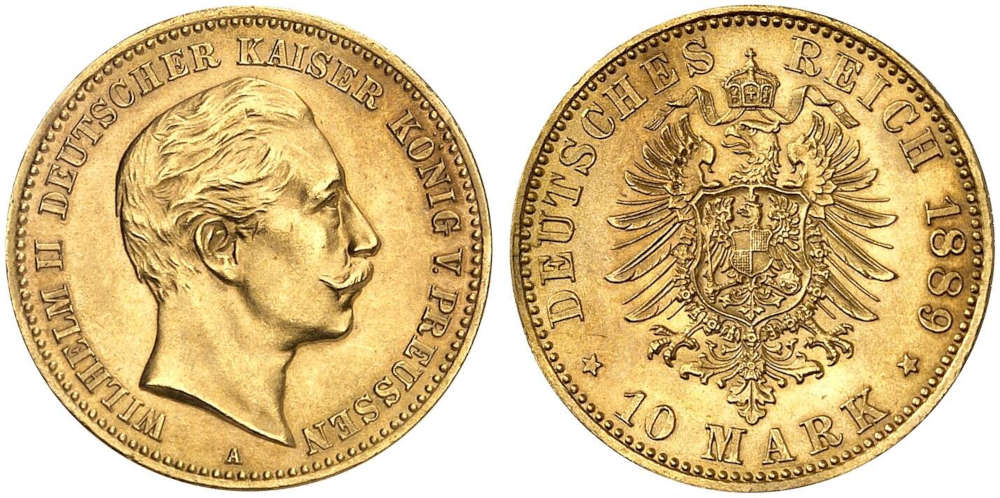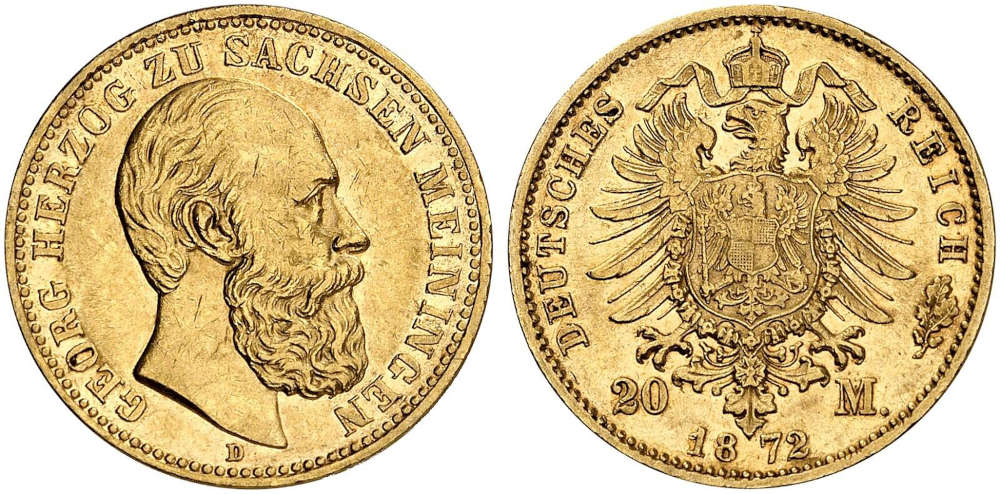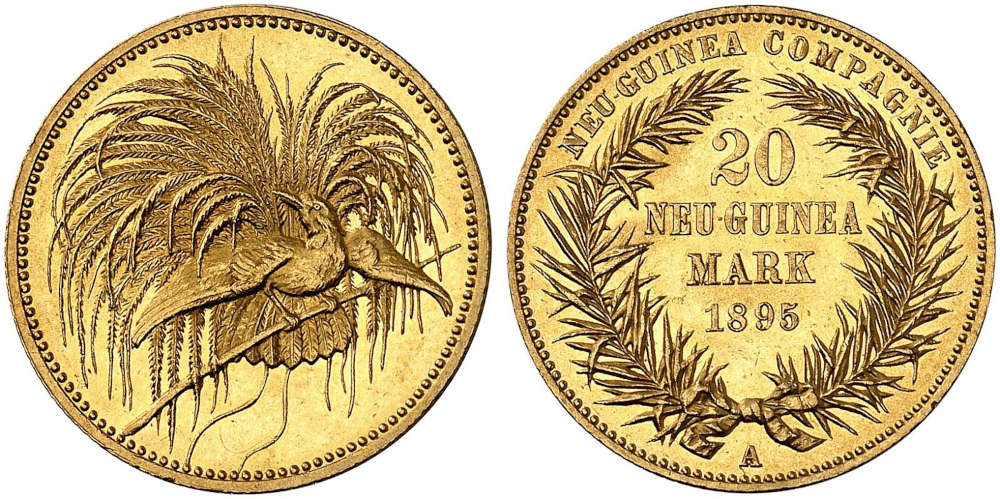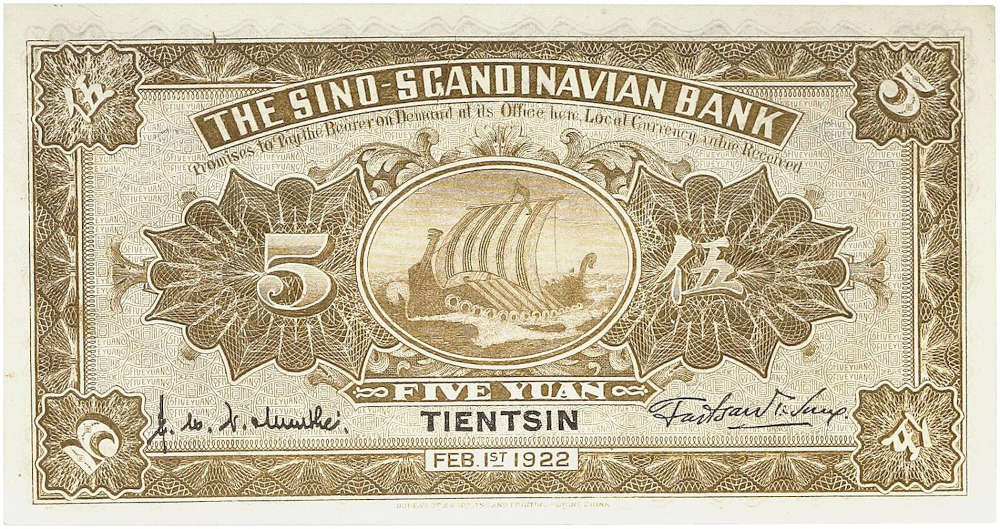Perfect Double Talers and Gold Rarities of the German Empire
Heidelberger Münzhandlung
Auction 87
Coins
14 -15 November 2023
D-Heidelberg
On 14 and 15 November 2023, Herbert Grün will hold the 87th auction sale of Heidelberger Münzhandlung. As usual, there is something on offer for everyone. From antiquity to the present, from all corners of the world, for large and small budgets, for newbies and seasoned collectors. Briefly said, studying the more than 2,000 lots in detail is worth it for every coin enthusiast. And for all those who are fascinated by German numismatics, the sale will be twice as rewarding. After all – as always – Heidelberger Münzhandlung offers an exciting selection of great rarities and high-quality specimens, and often both features are combined in a single piece.
Ancient Coins
About 150 lots with ancient coins, including numerous multiple lots: that is the start of the sale on 14 November 2023 at 9:45 a.m. CET. As in previous years, the sale will be held digitally, and bidders must register in good time. It will be worth it.
Do you collect Celtic, Greek or Roman coins? In that case, you will encounter a small but fascinating selection of interesting pieces in auction 87. Examples for this are two rainbow cups and a Trier aureus. The latter is a great rarity. The about FDC specimen shows the head of Maximianus Herculius to the left on the obverse. And that is extremely rare.
Gold Coins from the Middle Ages
Next are 500 lots with world coins. Particularly noteworthy are a few late medieval gold coins of extraordinarily beautiful quality. Among them is a lion d’or by Louis of Male from Ghent, a mouton d’or by the French king Jean le Bon and a small series of Hungarian gold guldens, including great rarities such as a gulden by Ladislaus I from Sibiu and a piece by John Hunyadi from Nagybánya.
China and the USA
Chinese and US coins have established themselves as investment objects over the course of the past decades – particularly in the USA. Those interested in purchasing such objects are provided with numerous opportunities in auction 87. For example, it includes rare Chinese coin sets from the years 1980 to 1985. Among the offer of US coinage, collectors will discover numerous carefully assembled multiple lots and some rarities, for example the 20-dollar piece of 1898 graded PCGS MS64. Collectors can also look forward to a small series of half dollars with favourable estimates, almost all of which are of extremely fine or better quality.
German Double Talers of Exquisite Quality
Heidelberger Münzhandlung is known for the spectacular quality of the coins that can be found time and again in their catalogues. Some of them will be presented here. They are double talers of the time of the19th century before the new common currency was introduced in the German Empire.
Those who pay attention to the incredibly high prices that are currently being realised on the international markets for US and British coins of similar conditions, cannot help but wonder why 19th-century German coins are so undervalued given their rarity and quality.
This may be due to the fact that foreign investors are overwhelmed when they are confronted with the German history of the 19th century. Let us take, for example, the two rarest pieces of this run, the double talers from Reuss-Obergreiz and Reuss-Ebersdorf. 2,400 specimens were struck of the first double taler in 1851, and 2,750 pieces of the second. PCGS graded the first piece MS66 and the second MS67. Just imagine the result a British, Chinese, Russian or US coin of similar features would fetch.
The problem is, however, that only very few investors know where Reuss was located. Wikipedia can help solve this problem. Things become tricky as the local ruling dynasty was incredibly unimaginative when it came to naming its male members: they were all called Heinrich.
The taler from Reuss-Obergreiz depicts Heinrich XX. He ascended the throne in 1836 as the successor of his brother Heinrich XIX. After his death, he was succeeded by his son Heinrich XXII. He was Heinrich XXII because the eldest son of Heinrich XX with the beautiful name of Heinrich XXI had died during childbirth.
To create absolute confusion, Heinrich LXXII – for all those who are not familiar with Latin numbers, this is the 72nd Heinrich in the younger line of the Reuss family – lived BEFORE Heinrich XXII. The younger line has its own way of numbering Heinrichs. That is extremely confusing!
On the other hand, the history of these individuals is truly fascinating. Let us take Heinrich the Seventy-Second as an example. He was the quintessence of a power-hungry princeling. The aristocratic German newspaper “Gartenlaube” characterised him in 1866 as follows: “Despite the small size of his principality, Heinrich the Seventy-Second was – like the most powerful autocrat – completely convinced of his sovereignty and of the fact that everything must bow to his unrestrained will.”
In fact, Heinrich seems to have governed his tiny principality particularly poorly. By introducing a fire insurance, he caused an uprising, which was bloodily suppressed by the military. Seventeen civilians lost their lives in this massacre. In matters of love, however, he acted more prudently. Infamous Lola Montez would have been only too happy to take up residence in Ebersdorf. Henry gave her 2,000 talers on the condition that she would leave the territory within 24 hours. As quick-witted as she was, she replied that it would take her no more than 15 minutes to leave his tiny principality. Well, at least this adventure only cost Henry a few thousand talers. Ludwig of Bavaria, with whom Montez also sought shelter, paid for his soft spot for the British adventuress with his throne.
As you can see, these rare coins are not only of perfect quality but also tell an exciting story.
A Small Series of Saxon Coinage of Beautiful Quality
Despite the fact that there are several family branches, collecting Saxon coinage is a rather manageable undertaking in comparison. And this topic also has yet to attract the attention of the international market. Thanks to many regional collectors, however, it is to be expected that the about 110 lots with Saxon coins and medals will be met with quite a bidding battle. Many specimens were graded by PCGS a while ago. And if the pictures should lead you to believe that some of the coins display minor discolouration, do not let yourself be fooled. It is merely the old slabs that have changed their colour. The actual coins are much better than their pictures.
Coins of the German Empire
This brings us to the main specialty of Heidelberger Münzhandlung: coins of the German Empire. As always, the catalogue provides connoisseurs with a broad selection of great rarities of excellent quality. Let us take the example of an FDC 1-mark piece of 1886 G, of which only 160,820 specimens were minted.
Significantly fewer, namely 1333 pieces, were produced by the Berlin Mint of the Hessian commemorative coins celebrating the silver jubilee of the reign of Ernest Louis. The reason for this was that in 1917, one year before the First World War ended, there was simply not enough silver left to mint the approved number of 100,000 specimens.
The same is true for the silver jubilee of the reign of William I of Württemberg. Only 1,000 specimens were produced of the piece although a mintage number of 100,000 had originally been approved.
Rare Imperial Gold Coins
Even more rarities can be found among the offered gold coins of the German Empire. Here, too, we present three examples to illustrate the offer:
- 2 marks 1889 A. 23,942 specimens minted
- Saxe-Meiningen. 20 marks 1872. 3,000 specimens minted
- Schaumburg-Lippe. 20 marks 1874. 3,000 specimens minted
20 Marks New Guinea 1895
There can be no doubt that the highlight of the auction is a splendid specimen of the most beautiful coin of the German Empire that has ever been produced in the Berlin Mint for the New Guinea Company. It depicts a bird of paradise with gorgeous plumage, an excellent choice of motif for these coins.
After all, the pelts of birds of paradise were considered an important means of payment in New Guinea for centuries. When two people got married, they were used to pay the bride’s family for having raised their daughter and to compensate them for the fact that they would now loose her workforce to the family of the husband. In the German Empire, the exotic colony was also mainly associated with the feathers of birds of paradise. Every fashionable Berlin woman wore them on their headgear. The feathers were expensive. In 1909, one and a half decades after this 20-mark piece was minted, a pelt was traded at 50 to 60 marks – in New Guinea. In Berlin, wholesalers paid 130 marks. Therefore, the pelts of 17,000 birds of paradise worth more than a million marks were imported to German in 1913, shortly before hunting the birds was banned.
Of the 20-mark piece for New Guinea from 1895, on the other hand, only 1,500 specimens were minted. We are looking forward to see what result this beautiful piece will fetch at auction 87 of Heidelberger Münzhandlung.
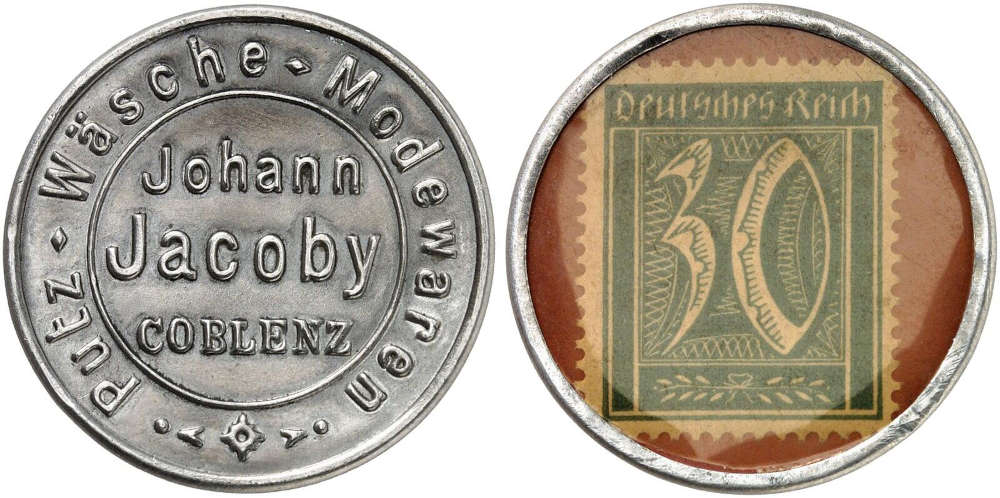
No. 1943 – Postage stamp token / Germany. Koblenz. Johann Jacoby. Aluminium, 30 pfennigs, very rare. Extremely fine. Estimate: 100 euros.
A Small Collection of Postage Stamp Tokens
Time and again, Heidelberger Münzhandlung is in a position to offer special collections of German emergency money. This is also the case in this sale. It contains an extensive collection with almost 60 lots of German postage stamp tokens, which were mainly issued after the First World War in order to get the massive shortage of small change under control. In view of their rarity, these small testaments to German economic history are rather affordable. Most estimates are well below 100 euros.
For example, there are the tokens of the Jewish entrepreneur Johann Jacoby, who ran a department store with his wife Meta in Koblenz. We only know this because of his postage stamp tokens and because their son Max managed to escape from the Gestapo police to Buenos Aires in 1937. Max Jacoby became a world-renowned photographer, whose pictures were also on display in Germany.
World Paper Money
The auction is rounded off by a section of paper money, including small rarities such as this banknote of the Sino-Scandinavian Bank Tientsin. The company was founded in 1921 and had several branches. It was run by a Chinese director and a Norwegian vice director.
The auction catalogue can be purchased for the nominal fee of 12.50 euros at Heidelberger Münzhandlung Herbert Grün, Gaisbergstr. 40, 69115 Heidelberg, Germany; phone: +49 / 6221 / 65 2970; fax: +49 / 6221 / 65 297-29; email. Of course, the catalogue is also available online: on Sixbid, biddr.com and Numisbids.





